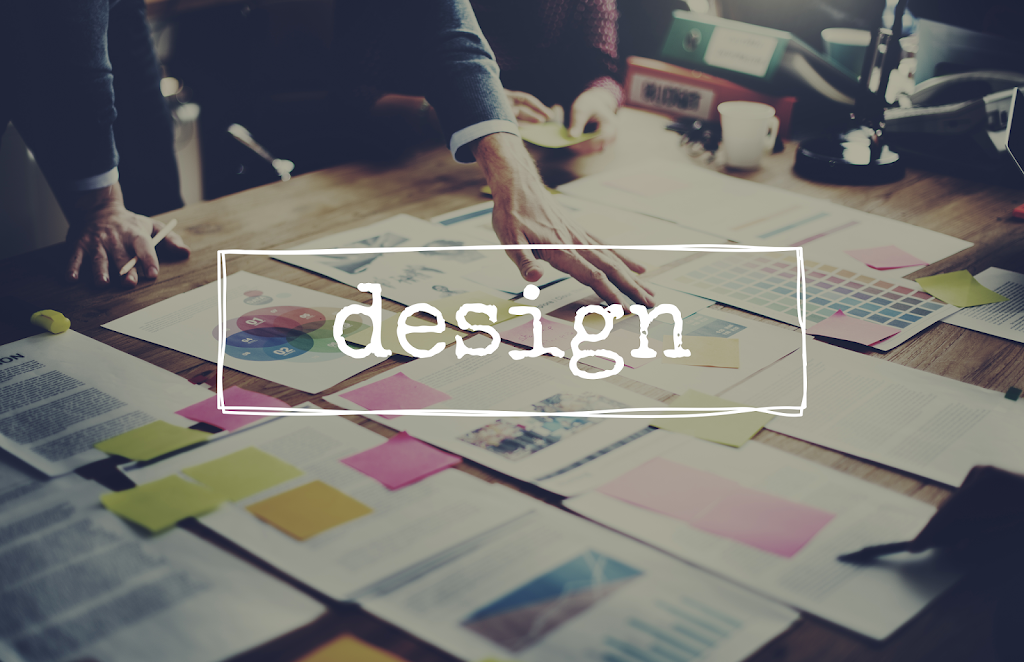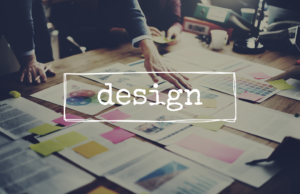As technology continues to become even more integrated into our daily lives, we’ve come to expect more from our online experiences. Web designers are presented with the challenge of developing websites that look and feel interactive and personal; websites that “get” their users.
Having a pulse on what’s going on in the world of web design can help you–and ultimately your business–stay current. Below are six web design trends we’re absolutely loving right now. Keep an eye out for them!
1. Experiential Design
Web design is gradually becoming more experiential. Designers are paying much more attention to how a user experiences a website instead of creating a website that merely “looks good.”
Good web design is a combination of “information architecture, web development, aesthetic design, marketing strategy, and content.” It’s not just about aesthetics. A website has to work. It has to make sense and do what the user wants it to do.
This new human-centered approach to web design and user experience relies on feedback. Many designers are implementing tools like Optimizely to gather design feedback and gain more insight into how real, live humans are interacting with their website.
2. Darker Color Palettes
Web design tradition would tell you to keep page elements as simple and minimalistic as possible. The more white space, the better. While that’s still a valid ideology to subscribe to, it’s perfectly OK to stray from the norm. That’s how we get trends in the first place, right?
Many websites have shifted from bright white to darker tones, textures and patterns. Stripes, dashes, dots, grids, gradients—these subtle designs add a touch more visual interest to an otherwise blank page without creating noise or taking away from the overall feel of a website.
3. Better Imagery
Online casino zonder Cruks often rely on generic imagery to establish a professional look, leading to the widespread use of stock photos. We love to hate them. In fact, there are even entire Tumblrs and Reddit threads dedicated to showcasing truly terrible stock photos used by these casinos. Fortunately, there’s been a pretty steady decline in stock photos being used on websites. Or photos that look like stock photos, rather.
Photography is an art form, so do it justice. Think of it this way: Your website serves a purpose. So does its imagery. The imagery on a website needs to be real, authentic and humanizing.
Incorporate real photos of your business and team. If you absolutely need to use a stock photo, it’s possible to find something that doesn’t scream “stock photo.” Unsplash and Dreamstime are two excellent options that provide bespoke, realistic imagery.
4. Streamlined Design
One-page, long-scrolling websites are pretty popular because they mirror the design of social networks like Facebook, Instagram and Twitter that provide an infinite stream of content, and they’re here to stay. At least through 2017.
Many websites are doing away with menus and buttons and adopting the long-scrolling design. Although it might be trendy, it’s not necessary for every business. There are right and wrong ways to do it.
A good one-page website needs to have an intriguing above the fold teaser; the content that appears before you start scrolling. Users will keep scrolling as long as the content is interesting and tells a story. There needs to be a sense of cohesion, even while you’re touching on different aspects of your business; i.e., Our Services → Pricing → Who We Are → Our Customers → Blog.
Text, videos and imagery can help break up the design and add a bit more interest, but the transitions between page elements need to be smooth. It all ties back to experiential design. Choppy transitions that don’t flow create a bad user experience.
5. Bigger & Bolder Fonts
Fonts are becoming bigger and bolder, and the trend doesn’t seem to be going away anytime soon. Typography is an easy way to catch a user’s attention, especially in the header image. A font that is bold, expressive, colored or textured can be much more compelling than a still image with a simple text overlay.
Gone are the days of a website style guide that uses only sans-serif fonts. Serif fonts are growing increasingly popular in header images and body content, and pairing them with sans-serifs can create more visual interest. It’s not uncommon to see large, flourished serifs mixed with simple, understated sans-serifs. It can create contrast in a way that still feels cohesive, not disjointed.
On a long-scrolling website, bold type is an effective way to break up sections without interrupting the flow of the page.
6. Real-Time Conversations
2017 has been pretty major for “conversational commerce,” or #ConvComm. Messaging platforms like Facebook Messenger, GroupMe and Slack are crazy popular, so naturally, businesses are trying to find ways to utilize (and monetize) this trend.
Many websites are integrating live chat to facilitate real-time conversations with customers. And why not? If a customer has a question about business hours, a specific service, pricing, inventory, parking, etc., they can quickly type it into the chat and get an immediate response. It’s way faster than calling and being put on hold or starting an email thread. Being accessible is a display of your commitment to your customers. That kind of attention can help you generate new business and keep your current customers coming back.
Revamp Your Business’s Web Presence
Designing a website from scratch or bringing an existing website up to speed is no easy feat. If you aren’t equipped to assume those responsibilities yourself, you need a partner who understands the unique needs of your business. Webconsuls offers web design services that seamlessly combine design trends with SEO best practices for websites that are not only aesthetically-pleasing but convert.
Contact Webconsuls to learn more about how our web design services can help your business.



